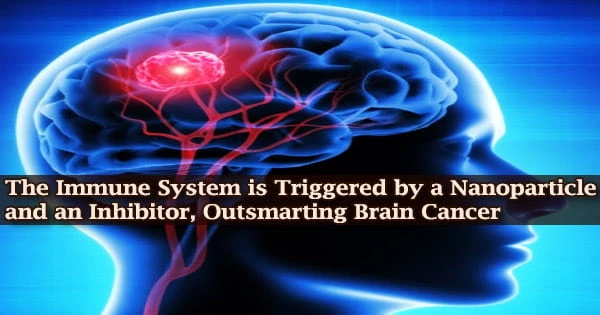A collaborative research team led by Professor Yaakov Nahmias from The Hebrew University of Jerusalem, Technion-Israel Institute of Technology, and Tissue Dynamics Ltd. has made a ground-breaking discovery by developing a miniature human heart model that has the potential to revolutionize cardiovascular research and drug testing.
The self-pacing, multi-chambered human heart model described in this study, which was published in Nature Biomedical Engineering, is no bigger than a grain of rice and has the potential to completely change how we understand the heart and how it works.
The fact that cardiovascular illnesses continue to be the top cause of death worldwide highlights the crucial significance of this ground-breaking work. Using human induced pluripotent stem cells (hiPSCs), Professor Nahmias and his team undertook a challenging project to produce a precise duplicate of the human heart.
The resultant model has several chambers, pacemaker clusters, epicardial membranes, and endocardial lining, all of which were painstakingly created to replicate the actual heart’s structure and operations.
The capacity of this heart model to offer real-time measurements of critical parameters like oxygen consumption, extracellular field potential, and cardiac contraction is one of its most important characteristics. This capability was a game-changer in the field of cardiovascular research since it allowed the researchers to get previously unheard-of insights into heart function and disorders.
The heart model, which is about half the size of a rice grain, is a stunning achievement in cardiac research and has enormous potential for precise drug testing. The study team has already generated significant findings that were previously unreachable using traditional techniques.
Notably, the heart model revealed a brand-new type of cardiac arrhythmia that wasn’t apparent in conventional animal models, opening up new research opportunities for studying human physiology.
The integration of our complex human heart model with sensors, allowed us to monitor critical physiological parameters in real-time, revealing intricate mitochondrial dynamics driving cardiac rhythms. It is a new chapter in human physiology.
Professor Yaakov Nahmias
This finding has ramifications for the pharmaceutical sector since it enables researchers to learn crucial information about the precise effects of drugs on the human heart. The chemotherapeutic medication mitoxantrone, which is frequently used to treat leukemia and multiple sclerosis, was carefully studied to see how it might affect the heart model.
Through these tests, the researchers were able to identify the precise mechanism by which mitoxantrone causes arrhythmia by impairing the electro-mitochondrial connection of the heart. Fortunately, the researchers also found a viable remedy by giving out metformin, which appeared promising in reducing the side effects of the medication.
Professor Nahmias, Director of the Grass Center for Bioengineering at The Hebrew University of Jerusalem and a fellow of the Royal Society of Medicine and AIMBE, emphasized the significance of their work.
“The integration of our complex human heart model with sensors, allowed us to monitor critical physiological parameters in real-time, revealing intricate mitochondrial dynamics driving cardiac rhythms. It is a new chapter in human physiology,” said Nahmias.
Partnering with Tissue Dynamics, the scientists developed a robotic system that can screen 20,000 tiny human hearts in parallel for drug discovery applications. This microphysiological system has a wide range of possible applications that hold the promise of improving our understanding of heart physiology and accelerating the development of safer and more efficient pharmaceutical therapies, ultimately resulting in a healthier future for all.
This sophisticated human heart model has the potential to transform drug testing procedures by providing unmatched accuracy and insights into cardiovascular illnesses. Researchers stand to make substantial advancements in creating safer and more effective drugs for patients all over the world using this tiny heart model, potentially saving lives and enhancing patient outcomes.
Additionally, the small heart model offers an ethical benefit by providing an effective substitute for animal experimentation. With less reliance on animal models and less potential harm to animals, this ground-breaking discovery might signal a turning point for the pharmaceutical industry and enhance medical research.
The tiny heart model created by Professor Nahmias and his team, in conclusion, is a remarkable accomplishment with broad ramifications for medical study. Our understanding of cardiovascular disorders could be improved, medication testing procedures could change, and ultimately we could move toward a healthier and more sustainable future thanks to this tiny but complex human heart model.
















